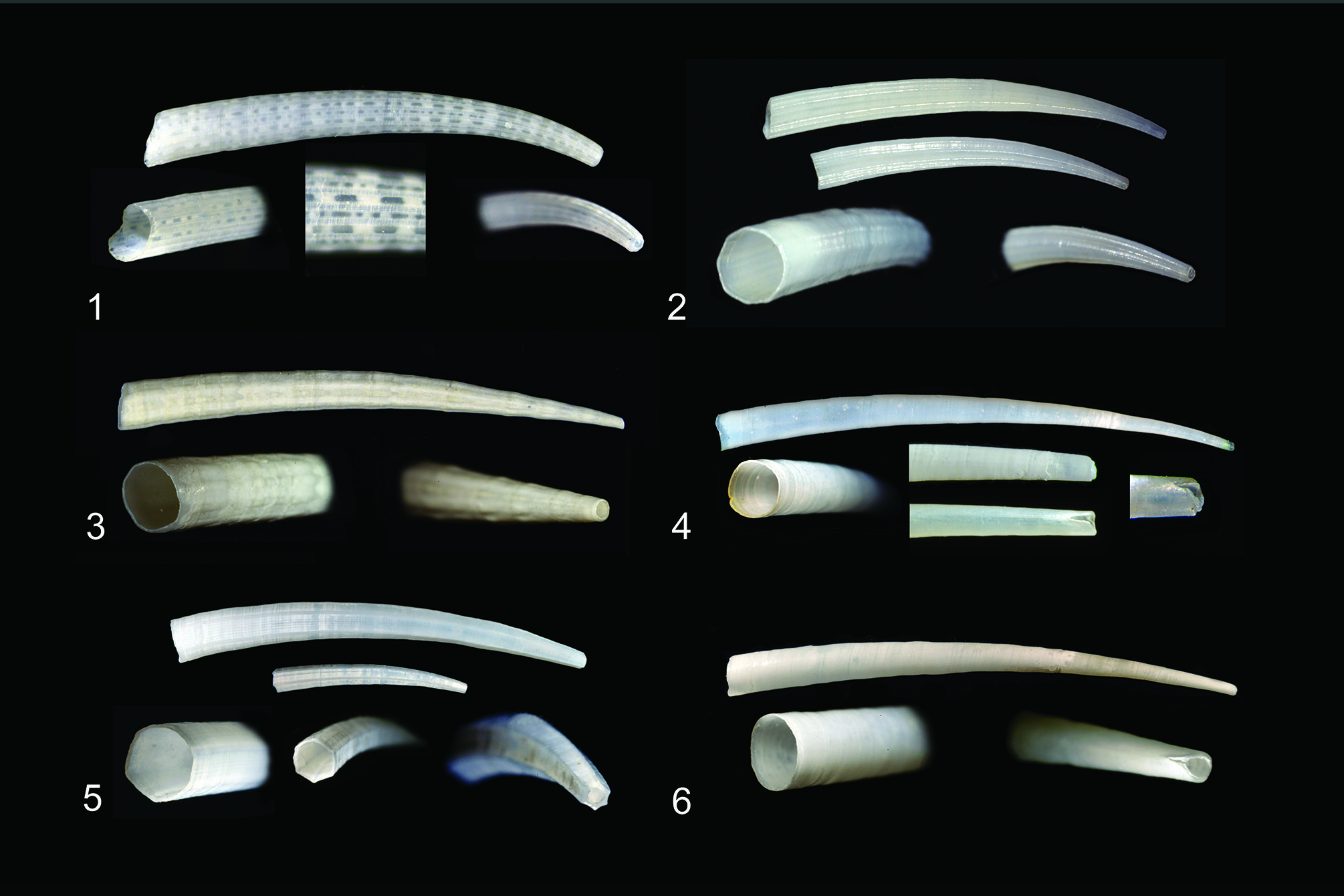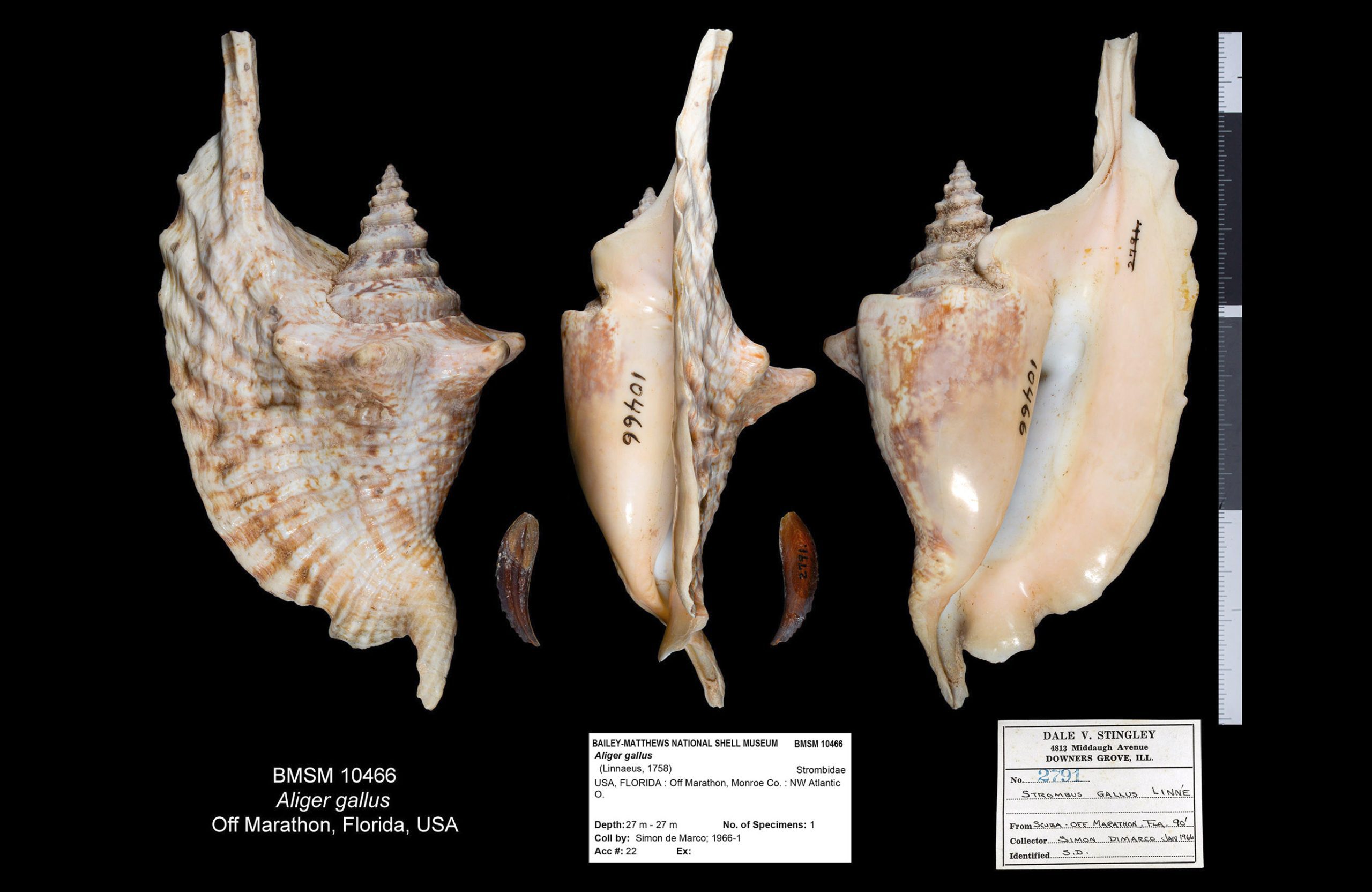Last June, my colleague malacologist Paula Mikkelsen sent an email inquiring about Tiger Lucines (Codakia orbicularis) found by a friend in the Bahamas. The shells were complete (two paired, attached valves), but in each case one of the valves was trimmed following a commarginal (“concentric”) pattern. The clams obviously grew a complete shell, but one of the valves was cut later to about half of its original diameter.
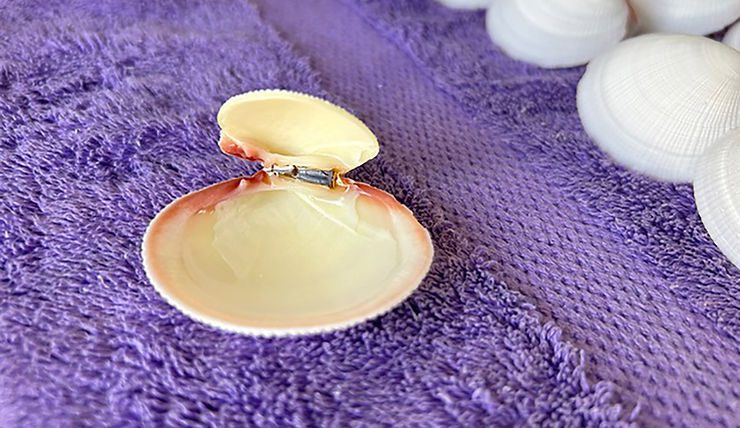 Clipped *Codakia orbicularis* from Spanish Wells, St George’s Cay. Photo: Bev Dolezal
Clipped *Codakia orbicularis* from Spanish Wells, St George’s Cay. Photo: Bev Dolezal
Last week I received a similar inquiry from conchologist and friend Bev Dolezal, who was in Spanish Wells, in St George’s Cay, in the Bahamas. Bev photographed a series of Tiger Lucine shells, observing that a large number of them showed the same condition.
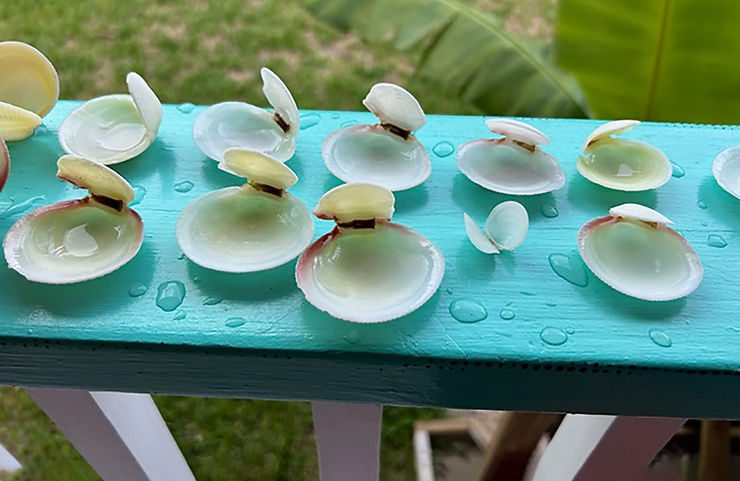 Clipped *Codakia orbicularis* from Spanish Wells, St George’s Cay. Photo: Bev Dolezal
Clipped *Codakia orbicularis* from Spanish Wells, St George’s Cay. Photo: Bev Dolezal
What causes that? I had told Paula about a man I knew on Sanibel who would cut one valve of paired clam shells (Dosinia species) using nail pliers, in a similar fashion, returning them to beach to observe people’s reactions after finding them. But this seems to be too far-fetched in the case of the Bahamian clipped shells. There are too many of them, and in different places. Someone suggested predation by octopuses, others mentioned crabs. But the pattern seems to be too regular and trimmed to be caused by natural predators. Any ideas? Suggestions?
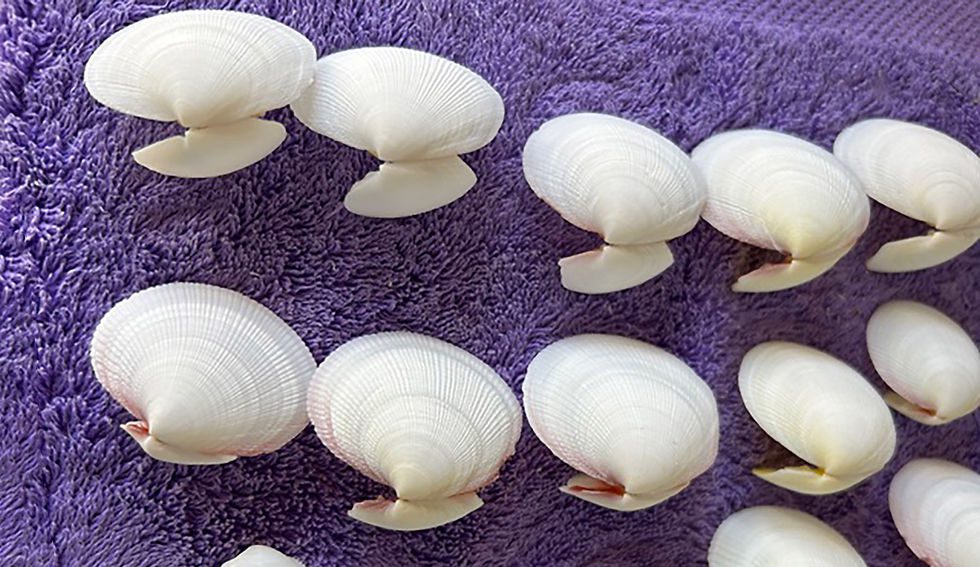 Clipped *Codakia orbicularis* from Spanish Wells, St George’s Cay. Photo: Bev Dolezal
Clipped *Codakia orbicularis* from Spanish Wells, St George’s Cay. Photo: Bev Dolezal
#clippedshells #codakiaorbicularis #lucinidae #stgeorgescay #bahamas #tigerlucine
